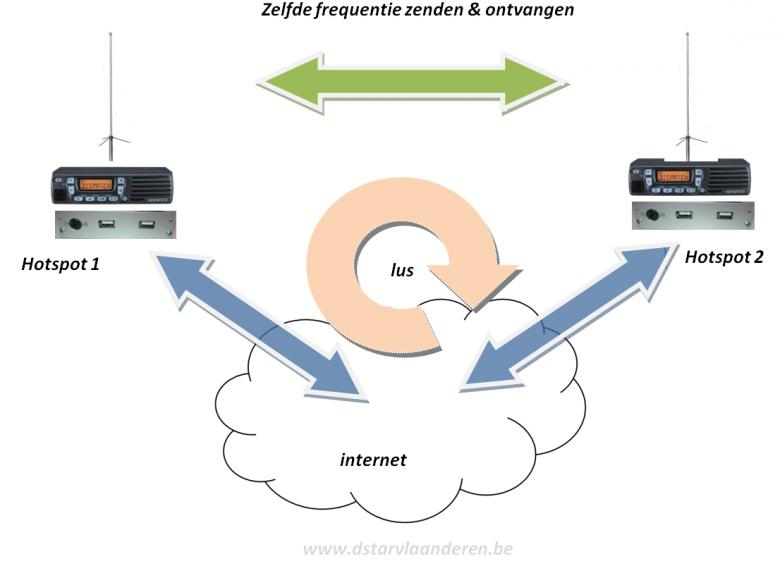
Enciens messages "DX News"
- 21:53 CU8AO 51 51 HM49KL
- 22:02 CU8AO 52 52 HM49KL
- CU8DUB/B up to 549 as from 21:00
This makes a distance of 2986km and a first ON-CU on that band.
Click here to hear a recording of the CU8DUB/B beacon (144.420) and CU8AO calling CQ.
Gaëtan
ON4KHG
It has a composite VHF downlink that will easily fit into the FUNcube Dongle receive spectrum. The telemetry is 1 kbit BPSK and can, of course, also be received with a normal SSB 2 metre receiver.
The expected signal levels from ARISSat should be similar to those we expect from FUNcube itself (and also eventually from UKube) and the team are keen to discover what will be the minimum and best type of antennas for schools to use with a FCD. Therefore user experience with the ARISSat signals will be very valuable in making this determination.
To encourage everyone to receive ARISSat signals we are offering a FUN reward for listeners!
There are a number of categories for this challenge –they include:
- The first FCD user, from each continent, who can post a spectrum recording of the received signal together with evidence of decoding the data using the ARISSat software and of sending it to the ARISSat data warehouse.
- The first non-FCD user, from each continent, who can provide evidence of having decoded the signals and of sending it to the ARISSat data warehouse.
- The listener, using a FCD or not, who can demonstrate satisfactory reception of the telemetry in the same ways as described above, using the "smallest" possible receive antenna. The actual closing date for this part of the challenge will be announced later.
Please submit your "entries", including your location, station details (including FCD serial number where applicable), postal address and reports to g0auk [at] amsat [dot] org.
Good luck,
Go and visit Satellite Activity.
A TRADUIRE
ON4AVJ
VHF Manager
I am very pleased to inform you that the VERON VHF commission has decided to approve my proposal to introduce the Dutch Amateur Contest (DAC).
The first contest will be Tuesday January 4 in line with the NAC and the UKAC. The bands and dates are exact copies of the NAC.
Good activity on 5,7 GHz EME was expected during the second week-end of july, thanks to the coordination of G3LTF.
I decided to have a try, using my 2,3 m offset dish and the system used normally for tropo and rain scatter.
This system consists of a transverter kit from DB6NT and a modified surplus 6 GHz amplifier, giving about 8 W output.
Noise figure of the system is around 1 dB.
The 5,7 GHz transverter has an output on 144 MHz and is followed by another transverter 144 to 28 MHz.
There are various 28 MHz outputs. One output goes to a yaesu FT840 HF transceiver.
Another output goes to an SDR, and another one to a calibrated 28 MHz receiver, allowing precise measure of sun noise and moon noise.
During operation, permanent reading of moon noise allows perfect aiming of the dish and confirms that the system is working alright.
Most EME stations use circular polarization, so a "septum feed" was built following a description by OK1DFC.
Dimensions were adapted in order to illuminate correctly the offset dish.
After optimizing carefully the position of the feed, I could measure 0,5 to 0,6 dB of moon noise versus cold sky. Sun noise was a good 10,5 dB, meaning that the receiving side was working correctly. The feed has some sidelobes and is far from perfect, but efficiency seems to be quite good.
Now the results: during the week-end, 13 stations from Europe, USA and Japan were heard.
To my great surprise, some of them were even able to decode my QRP signal and 3 good QSOs resulted !!!
Conclusion: this band offers very interesting possibilities for the experimenter.
Tropospheric propagation and rain-scatter allow surprisingly good distances even with very small set-ups.
The above results also shows that EME contacts are possible with very low power, thanks to the amazing receiving capability of some stations.
73
Eric
ON5TA
A traduire

Simplex hotspots , die dezelfde ontvangst en zendfrequentie hebben, kunnen mekaar storen. Bijvoorbeeld omdat ze zich dicht bij mekaar bevinden of wanneer er goede propagatie is. Wanneer hotspot 1 data uitzend die het via de gateway aangevoerd krijgt, dan zal hotspot 2 dit ontvangen. Deze ontvangen data zal de hotspot op haar beurt weer via de gateway sturen. Zo ontstaat er een lus die het systeem in war brengt. Om dit probleem op te lossen kan je 2 dingen doen: ofwel kies je de frequenties zorgvuldig zoals dat met repeaeters bebeurt. Ofwel zorg je dat de DVAR software van de hotspot ingrijpt. Omdat de uitgezonden data-stream voorzien is van het callsign van de zender, kan je via de software bepalen of de ontvangen stream al dan niet via de gateway ‘mag’ doorgegeven naar het systeem. Door de callsigns van alle hotspots die op de zelfde frequentie op een ‘blacklist’ te zetten, zijn de gevlogen opgelost op sofware-niveau. Op RF-niveau (het zenden en ontvangen via de ether) blijven de storingen bestaan. Die kan je echter niet horen maar ze zijn er wel: zwakke signalen zullen niet ontvangen worden door de hotspot omdat die een andere hotspot ontvangt. Hier kan alleen maar beperking van het uitgezonden vermogen en een degelijke frequentie keuze op basis van de plaats een oplossing bieden. Meer over dit toch wel erg knap bedacht systeem hier en hier.
Croatian Amateur Radio Association invites you to participate in the third Croatian 50/70MHz contest on Saturday, May 15th 2010 from 12.00-17.00 UTC.
Contest rules can be found at: http://www.hrvhf.net/upload/croatian_50_70mhz_rules.pdf
Prizes: The first three stations in each category PLAQUES
Logs you can put by yourself on our VHF contest robot www.hrvhf.net Contest tab > upload EDI.
It's very simple.
73
Mate 9A4M
Croatian VHF/UHF/mw manager


